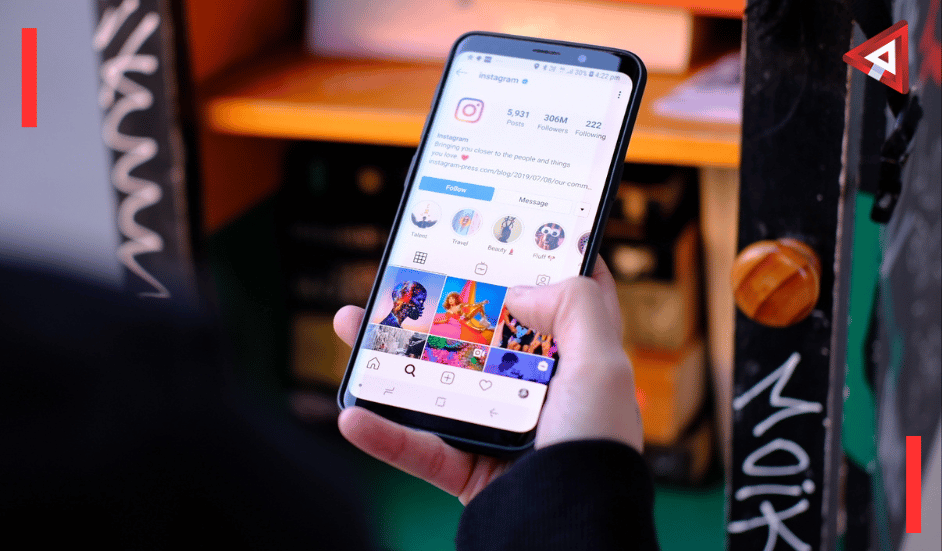Hiring plays a central role in shaping an organization’s future. The people you bring in influence team dynamics, long-term performance, and the way your business operates day to day. When the process behind those decisions lacks clarity or structure, the consequences are always significant.
This blog explores what effective hiring looks like, where common mistakes happen, and how to design a process that not only secures the right talent but also strengthens your organization’s reputation and performance.
Why Hiring Practices Deserve More Thought?
Your hiring process speaks before anyone from your team does. It’s often the first real glimpse a candidate gets of your culture, priorities, and values. And whether you intend it or not, that first impression stays.
Well-executed hiring decisions reinforce team culture, raise performance standards, and reduce turnover. By contrast, a misaligned process leads to mismatched hires, drained resources, and missed opportunities to build something better.
Where Hiring Goes Off Course?
1. Prolonged Timelines That Undermine Momentum
Extended hiring processes send a clear message to candidates: the organization is indecisive or disorganized. Delays between stages erode engagement, especially among top performers who are often evaluating multiple opportunities simultaneously.
What to do instead:
- Define the end-to-end hiring timeline before initiating outreach.
- Limit interview rounds to those that add distinct evaluative value.
- Ensure decision-makers are available and prepared to move swiftly post-interviews.
- Speed, when paired with structure, enhances both candidate experience and hiring outcomes.
2. Filling Roles Without Clarifying Strategic Need
Hiring simply to backfill a vacancy or utilize headcount budget can result in redundant or misaligned roles. Without a clear articulation of the value a new hire is expected to deliver, teams risk adding headcount without impact.
What to do instead:
- Begin with a gap analysis: what capabilities or outcomes are currently missing?
- Define how the role supports broader team or business objectives.
- Tie hiring decisions directly to measurable outcomes or operational needs.
- Strategic hiring begins with strategic clarity.
3. Misalignment Among Stakeholders
Inconsistent evaluation criteria and uncoordinated interview questions often result in contradictory feedback and missed hiring opportunities.
What to do instead:
- Establish role expectations and evaluation criteria before opening the position.
- Assign specific interview scopes to each stakeholder (e.g., technical depth, leadership qualities, team collaboration).
- Use standardized scorecards to guide post-interview discussions and ensure objective comparisons.
- Alignment protects both candidate experience and internal decision quality.
4. Inadequate Communication with Candidates
Lack of timely updates, vague feedback, or total silence between interview stages can significantly damage your employer brand, even when the hiring process is otherwise strong.
What to do instead:
- Set clear communication expectations with candidates from the outset.
- Provide regular updates, even when final decisions are pending.
- Close every loop respectfully, whether the outcome is an offer or a rejection.
- Every interaction contributes to your reputation in the talent market
5. Unstructured Interview Practices
When hiring decisions are based on “gut instinct” or undefined impressions, organizations risk making inconsistent and often biased choices.
What to do instead:
- Use structured interviews with pre-agreed questions aligned to role competencies.
- Train interviewers to distinguish between potential, performance, and personal affinity.
- Evaluate every candidate against the same rubric.
What Strong Hiring Looks Like?
Effective hiring is about clarity, intention, and follow-through. Here’s what the best teams get consistently right:
1. They Start with the Why
Before the posting goes live, the team understands the real reason the role exists. What needs solving? What impact is expected? What does success look like, not just in theory, but in practice?
When this groundwork is skipped, hiring becomes reactive. When it’s done well, everything else moves with purpose.
2. They Build a Professional, Human Experience
Every touchpoint says something. The way you communicate. The tone of your interview. The clarity of your next steps. These details build (or break) trust.
What this looks like:
- An application that feels seamless
- Interviews that feel relevant, not performative
- Responses that feel timely, not automated
3.They Value Future Growth Over Past Roles
A polished resume tells one story. But the real value often lies in what a person is ready to take on next. Great hiring teams look for readiness, adaptability, and values that align, not just a checklist of past roles. Ask questions that open up thinking. How does this person approach problems? What have they taught themselves? What have they changed their mind about?
4. They Make Inclusion a Design Principle
Diversity doesn’t happen by accident. And it’s not a side note, it’s part of how strong teams think, work, and grow.
What this means in practice:
- Review the language in your job ads. Is it truly welcoming?
- Rethink who’s in the room during hiring decisions.
- Offer flexibility, support, and access, equity isn’t one-size-fits-all.
- A Framework for Building a Better Process
Ready to improve how your team hires? Here’s a simple structure to start with:
Step 1: Clarify the Need
Step back. Is this a direct replacement, or has the role evolved? Define success with real examples, not generic goals.
Step 2: Align the Team
Who’s involved? What are they evaluating? Get it clear up front so you avoid internal misfires later.
Step 3: Craft a Purposeful Role Description
Think beyond tasks. Describe the impact. What will this person move forward? What will they own? What will change because they’re there?
Step 4: Design with Intention
Each stage should have a clear purpose. Cut what doesn’t add value. Respect people’s time on both sides.
Step 5: Keep the Conversation Going
Don’t leave candidates wondering. Be upfront about timelines. And if plans shift, say so. Honesty builds credibility.
Step 6: Close the Loop
Even if it’s a “no,” make it a respectful one. People remember how they were treated. That memory becomes part of your brand.
Final Thoughts
Hiring is a lens into how your business thinks, operates, and grows. A considered hiring approach doesn’t just fill a role. It creates alignment. It builds confidence. And it sets the tone for everything that follows.
The best companies don’t rely on luck to find great people. They create the kind of hiring experience that great people want to be part of. Because when your process reflects your principles, the right people join, stay, and contribute, helping you build something better.
Need support with your hiring process? Get the help you need with virtual assistants from Voxtend. Reach out to Voxtend today.





